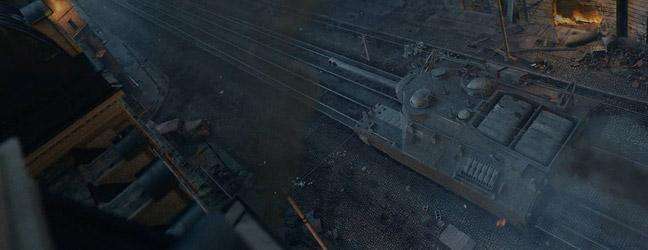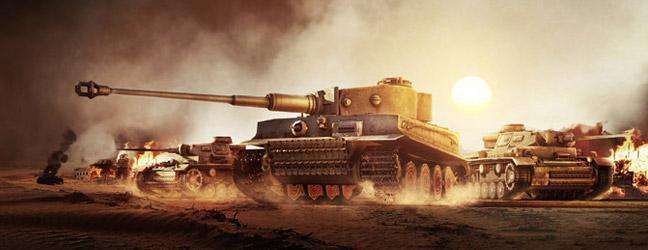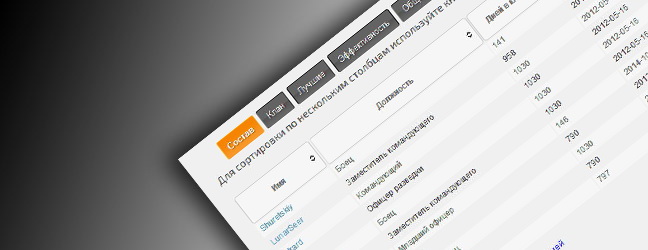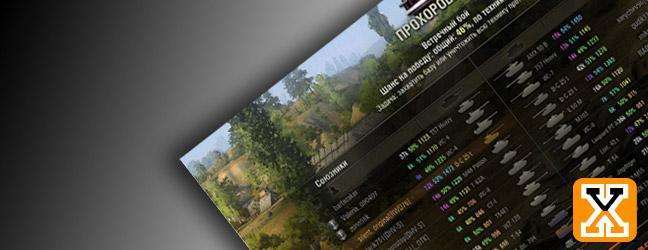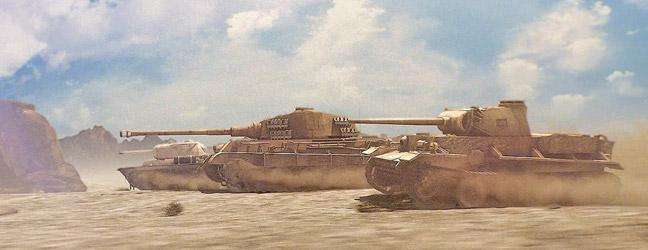Know Your Steel: KV-1
Дата: 07.11.2013 13:36:02
Tuccy: Regarding 8.8cm FlaK, I am afraid it is surrounded by a lot of
myths. It was not the all-killing, all-penetrating machine of death
that is often presented in popular literature and in the "KV and
T-34 crisis" of 1941, it often stole thunder from more mundane
10.5cm light howitzers firing AP and HEAT, or even 10.5cm field
guns. Similar to Tiger/Panther, it acquired an iconic status and
subsequently any "big" AT gun would be referred to as 88 in after
action reports. After all it is even easier to blame failure to
advance on enemy "superweapon"...
For antitak role, 8.8cm FlaK had a great advantage of being an accurate gun with pretty high muzzle velocity and heavy shell, that would overmatch thin armor (like T-34 glacis) and thus suffer less from slope effects. However it came with several drawbacks that proved themselves both in Russia and in Africa:
1. Ammunition. FlaK units (and army AT units hastily equipped with 88mm guns) did not use the APCBCHE PzGr.39 Tiger did (for most of its career), but originally naval APCBCHE PzGr. This shell contained more HE than PzGr. 39 - so it had significantly bigger post-penetration effect, however it was fragile, tended to deform and shatter. Great for bunker-busting, not so much for anti-tank combat. Even without this, it had less penetration than PzGr.39, roughly on par with 7.5cm PaK. Throughout the war, FlaK units used this shell, PzGr.39 was reserved for units that really needed it (heavy tanks, anti-tank specialist units). This shell was used even by high velocity 88mm guns for some time in 1943. Versus KV with ratehr thick (compared to caliber) and hard armor this shell often had issues.
2. Size. 88mm gun was huge, tall and hard to camouflage. Despite all the hype, this was reason why often in Africa significantly weaker 5cm PaK was preferred, as it can hide in the mirage )effectively masking at range anything lower than 1m over terrain), where 88mm stood like a sore thumb. Same way on the Eastern front, 5cm PaK or 10.5cm leFH can hide much easier and prepare ambush for the heavy tanks.
Both these factors limited the usefulness of 88mm guns in "KV busting". With 5cm and 10.5cm weapons the issue was, of course, penetration and effective range. This does not mean KV's were immune to them ("immunity" is rather shaky concept) - but it means they were very tough target and a fearsome beast on 1941 battlefield indeed, especially in uparmored versions of production model 1941 (both welded and cast turrets). And that 88mm gun was not a panacea.
(one funny fact: KV armor protection was based generally on the same demands as Tiger I protection)
For antitak role, 8.8cm FlaK had a great advantage of being an accurate gun with pretty high muzzle velocity and heavy shell, that would overmatch thin armor (like T-34 glacis) and thus suffer less from slope effects. However it came with several drawbacks that proved themselves both in Russia and in Africa:
1. Ammunition. FlaK units (and army AT units hastily equipped with 88mm guns) did not use the APCBCHE PzGr.39 Tiger did (for most of its career), but originally naval APCBCHE PzGr. This shell contained more HE than PzGr. 39 - so it had significantly bigger post-penetration effect, however it was fragile, tended to deform and shatter. Great for bunker-busting, not so much for anti-tank combat. Even without this, it had less penetration than PzGr.39, roughly on par with 7.5cm PaK. Throughout the war, FlaK units used this shell, PzGr.39 was reserved for units that really needed it (heavy tanks, anti-tank specialist units). This shell was used even by high velocity 88mm guns for some time in 1943. Versus KV with ratehr thick (compared to caliber) and hard armor this shell often had issues.
2. Size. 88mm gun was huge, tall and hard to camouflage. Despite all the hype, this was reason why often in Africa significantly weaker 5cm PaK was preferred, as it can hide in the mirage )effectively masking at range anything lower than 1m over terrain), where 88mm stood like a sore thumb. Same way on the Eastern front, 5cm PaK or 10.5cm leFH can hide much easier and prepare ambush for the heavy tanks.
Both these factors limited the usefulness of 88mm guns in "KV busting". With 5cm and 10.5cm weapons the issue was, of course, penetration and effective range. This does not mean KV's were immune to them ("immunity" is rather shaky concept) - but it means they were very tough target and a fearsome beast on 1941 battlefield indeed, especially in uparmored versions of production model 1941 (both welded and cast turrets). And that 88mm gun was not a panacea.
(one funny fact: KV armor protection was based generally on the same demands as Tiger I protection)
Know Your Steel: KV-1


